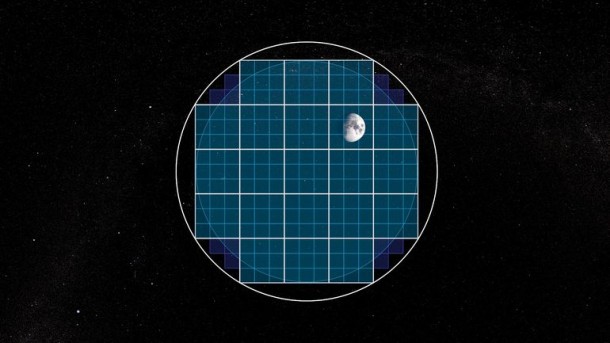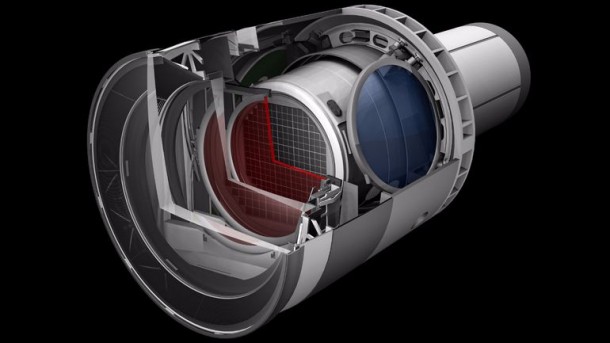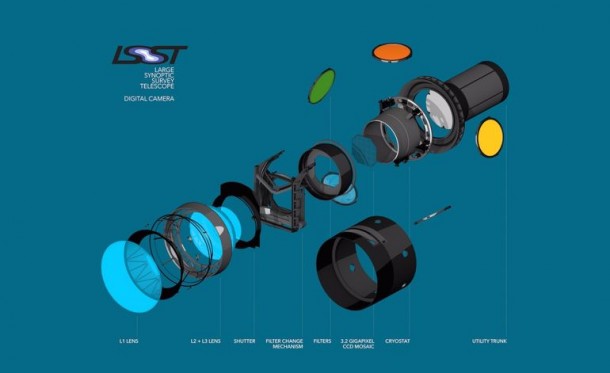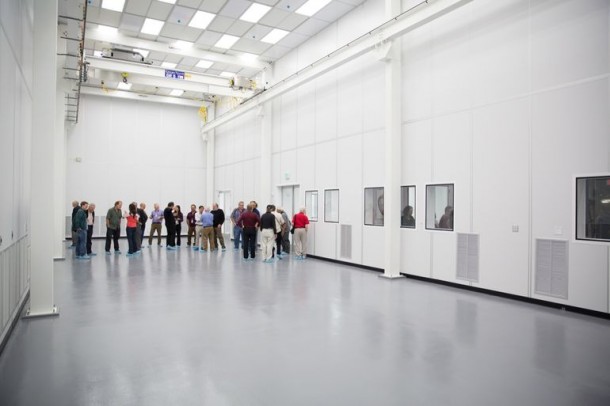You think that a 16MP camera in your smartphone is too good? Well, the US Department of Energy’s SLAC National Accelerator Laboratory just approved the world largest digital camera to be constructed. It will have a resolution of 3.2-gigapixels and to put that in perspective; you will require 1,500 HD television screens to be able to display one image. The new camera will be installed at the heart of 8.4 meters Large Synoptic Survey Telescope (LSST) that is being constructed on top of Cerro Pachón in Chile.


As expected, the camera is not anywhere near lightweight. The device is three-mirrored and is the size of a small car and weighs over 3 tons. It is the outcome of collaboration between institutions that include Brookhaven National Laboratory, Lawrence Livermore National laboratory and SLAC. It features 189 sensors and a resolution that is equivalent to 800,000 eight-megapixel cameras. It also sports a filter-changing mechanism and shutter for viewing different wavelengths from the near ultraviolet to the near infrared.
The project has cleared the Critical Decision 3 that is known as the last major approval stage. The camera is to be built and shall be tested over the next 5 years in a new 185 sq. meters, two story tall clean room at SLAC in Menlo Park, California before it is installed in the LSST.
The camera and LSST shall start the 10-year mission of taking digital images of the entire Southern sky every few nights in 2022. This is part of the program to catalog the largest number of visible galaxies and stars yet. It is expected that this will result in creation of six million gigabytes of data per year.
Nadine Kurita, camera project manager at SLAC said, “We’ve been working hard for years to get to this point. Everyone is very excited to start building the camera and take a big step toward conducting a deep survey of the Southern night sky.”


